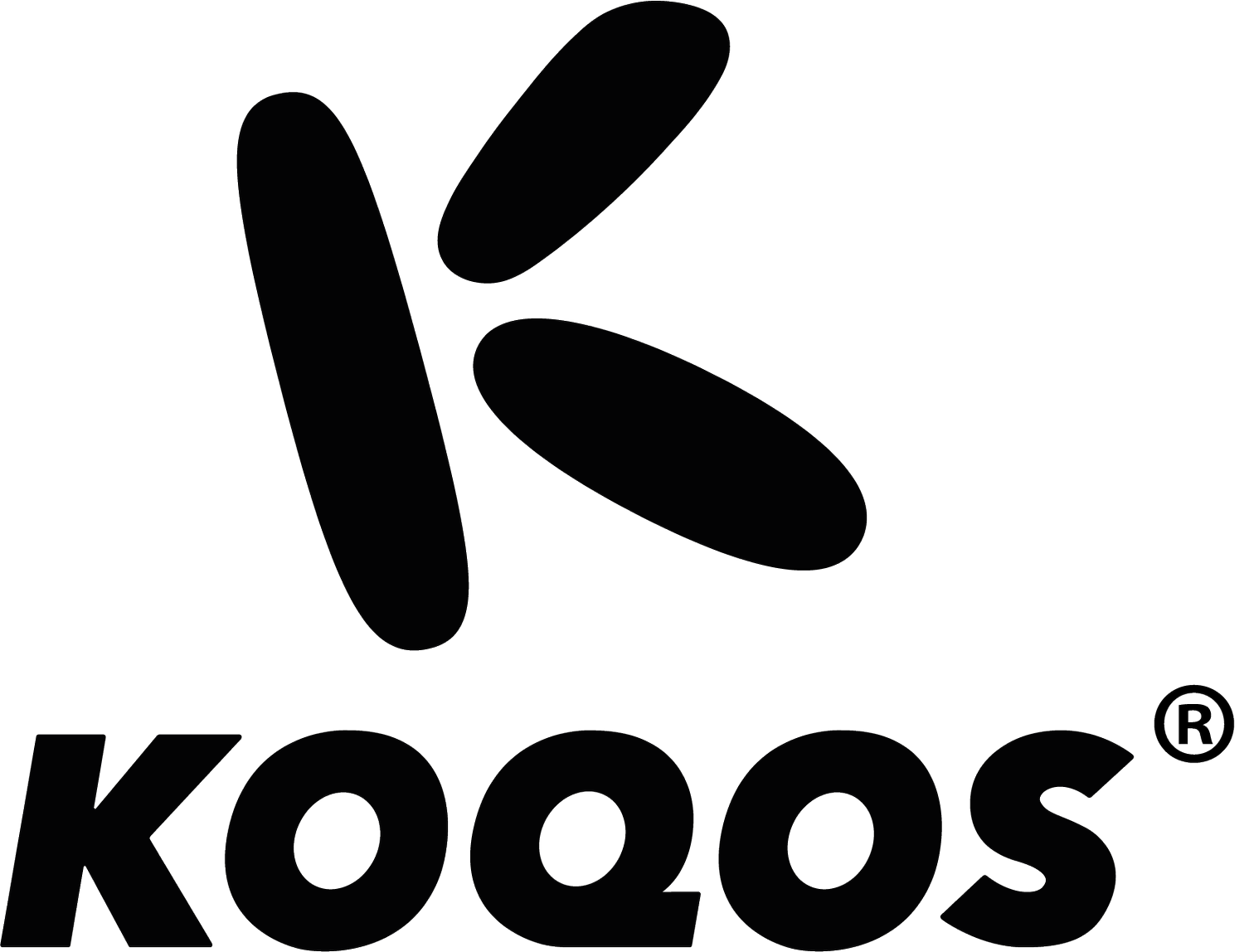Veja Condor 2
Veja introduces its most sustainable runner to date with the second version of the Condor
Veja is known for its sustainability efforts in the footwear industry. The brand was created by Sébastien Kopp and François-Ghislain Morillion in 2004 and has been wildly successful with their minimalistic yet super recognizable classic silhouettes. Back in 2019, the brand released their first performance running shoe called the Condor. Its mission: using as little fossil fuel as possible in preparation for a post-petroleum era. Right now, Veja launched the second generation of this model, making their most sustainable sneaker yet.
Materials
The Condor 2 uses a range of different innovative materials resulting in a product made with 58% recycled or biobased content. The rubber outsole is made from 30% natural Amazonian rubber tapped from the trees and 31% rice waste. The rest of the outsole is still made with synthetic rubber to make it durable enough. Going up one layer, we get a foam midsole that is for 51% made out of sugarcane, which Allbirds also introduced in 2018 as the world’s first green, carbon-negative EVA foam. The rest of the Condor’s midsole is made with regular EVA foam and even 5% banana oil. The insole inside the shoe is also a mix of materials, including recycled EVA, virgin EVA, natural rubber, recycled bottles and jute. The upper of the Condor 2 is made out of 100% recycled plastic bottles.
Supply Chain
Veja started with Sébastien Kopp and François-Ghislain Morillion, two former bankers. They didn’t want to follow the regular path of the financial world they saw others going on. They went on to create projects for sustainable developments, working across the world with big companies on sustainable development projects. However, to them, it felt like the sustainability projects for those big companies were always an afterthought, hidden somewhere, sometimes even resulting in green washing. In 2003, the then 25 year olds flew out to Asia and were shocked by the real working conditions in Chinese footwear factories.
Furthermore, they found out that when you buy a pair of sneakers from a big brand, 70% of its costs go to marketing and advertising, while only 30% goes to actual raw materials and production. Giving up advertising enabled Veja to create sneakers that were five times more expensive to produce and still offer them at the same retail price as big brands. They travelled to the Amazonian rainforest and just started working with the people living and working there, starting true long-term collaboration with local suppliers taking care for their environment and paying them significantly more than market price. Veja is constantly looking for ways to innovate materials and the entire supply chain to create more positive social and environmental impact to show the market what is possible and change the industry from the inside out.





